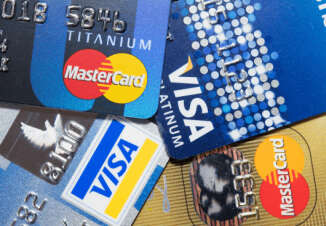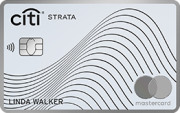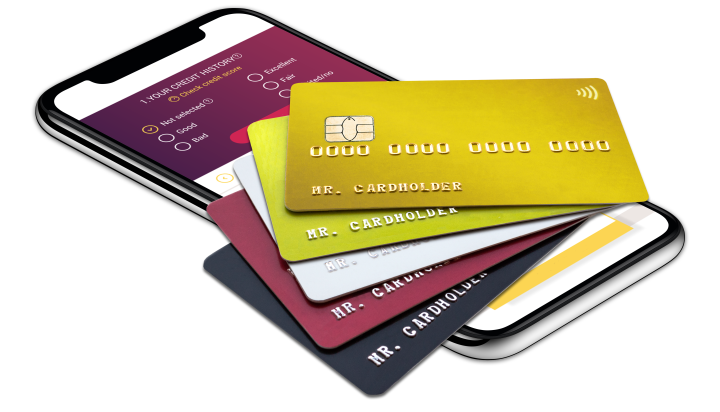The content on this page is accurate as of the posting date; however, some of the offers mentioned may have expired.

Have you ever wondered where did credit cards come from? Or better yet, who was smart enough to invent something that simple, yet so effective and convenient? The concept of credit has been known for a few thousand years. As the technology advanced, credit as a form of payment expanded throughout the world. Today, credit cards are used in almost every service where a payment is required.
However, credit cards have never always looked the way we see them now. In fact, credit cards were not always called that way. It was not so long ago that card issuers have started making cards out of plastic. There have been tokens and plates made of metal, fiber and even paper.
To understand how the credit card industry came to where it is now, let's start from the very beginning.
The first form of credit was issued in Egypt and Babylon roughly 3000 years ago. It was mainly used by merchants who accepted payments for goods in monthly installments. Later, in 18th century, credit was offered by tailors, who kept track of their debtors on a wooden stick.
Although it's a common belief that first credit cards were used in United States of America in 1920s, there are records of credit cards being used in Europe in 1890.
The first more or less modern credit cards were used in 1920s to sell gas to support growing number of car owners.
The first bank credit card was issued in 1946 by a bank in New York. Merchants could deposit sales slips with cardholder's details into the bank and the bank billed the cardholder who used the card.
However, with the expansion of possibilities of transportation, merchants started looking for new ways of attracting customers. To build client loyalty, retailers started offering charge accounts for their customers that could be accessed via charge card.
It was only in 1950s that Ralph Schneider and Frank X. McNamara came up with a scheme that allowed customers to pay with card at various stores. They have come up with an idea of being a middleman between merchants and customers. The company that they have founded was called the Diners Club.
The scheme that has been used up to this point required dozens of cards to be carried around. The idea behind Diners Club was to simplify the process of charge card transaction by allowing single card to be accepted at different stores.
Previously, charge cards did not require any interest to be paid when used. Instead, merchants could generate profit by attaining customer loyalty and thus generating more sales. Since Diners Club did not actually sell anything, they need a different source for profit.
First Diners Club cards did not charge any interest on the customers. Instead, merchants were required to pay 7% on each transaction while customers had an annual fee of $3. The company has targeted salesman as their primary audience. Of course, no credit card rewards were offered at that time.
At first, there was little progress. Merchants weren't exactly happy about paying transaction fees and worried about competition to their charge cards. Furthermore, customers didn't want to sign up, unless there were many affiliated merchants who would accept such card.
Nevertheless, the idea caught up and by the end of 1950, there were 20'000 cards issued. By the early 1960s, a few more companies, such as American Express entered the market, creating healthy competition. Ever since, credit cards were mostly marketed as a convenience and time-saving tool, rather than a source of credit.
The basic idea of credit hasn't changed much since then. Merchants are still ready to offer credit to consumers. Except nowadays we are given an automated service that handles transactions and credit card applications. With all the advancements in computer and telecommunication technology, credit card usage has never been easier and safer. What's even more interesting is that credit cards have not reached their final form, there are still things to explore and invent in this industry.





